
4 Strategies for Coaching the Same Thing
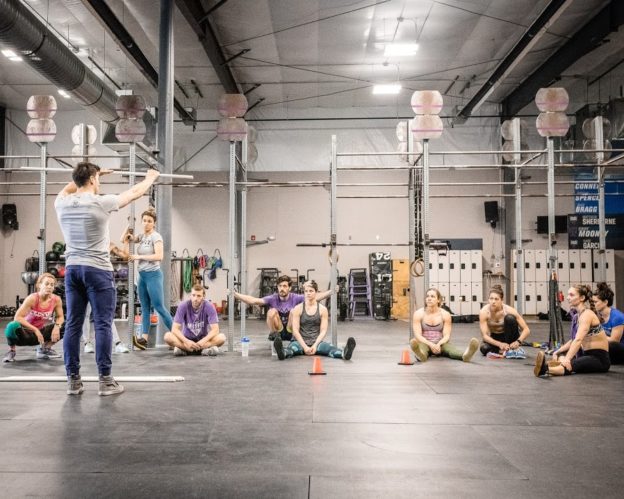
Snatch Monday. Front squats on Tuesday. Jerks on Wednesday, and power cleans on Thursday. Repeat for 6 weeks, re-test, and then do it again with a different focus on different movements.
One of the challenges of coaching a program with periodized strength training is the monotony of coaching the same things week after week. From the experience of coaching this style of program versus a GPP program, it can be difficult to provide athletes with cues that get them to think about their movement in a different way than last week, especially if you’re doing some variation of the same lift multiple training cycles in a row. While sometimes boring, ultimately what I think doesn’t matter all that much. I believe in the efficacy of our program, our members enjoy the training, see results, and have fun in the process. What this means is that I need to be conscious of the things I’m having athletes focus on from week to week, and have a plan for how to remain engaging so that everyone progresses. I’m going to outline a few strategies you can employ to help keep things interesting from week to week, helping you stay engaged and helping your members continue seeing progress. For simplicity sake, I’ll refer primarily to the strength portion of class – where the majority of periodization occurs.
Have a plan
This should go without saying at this point, especially for you Team Misfit coaches. Members can tell whether you’ve thought through your class plan or not, and it shows in execution. The good news is that experienced coaches with a plethora of skills and drill to pull from can put a solid plan together in 5-10 minutes. Less experienced coaches may need a whopping extra 5 minutes to do the same.
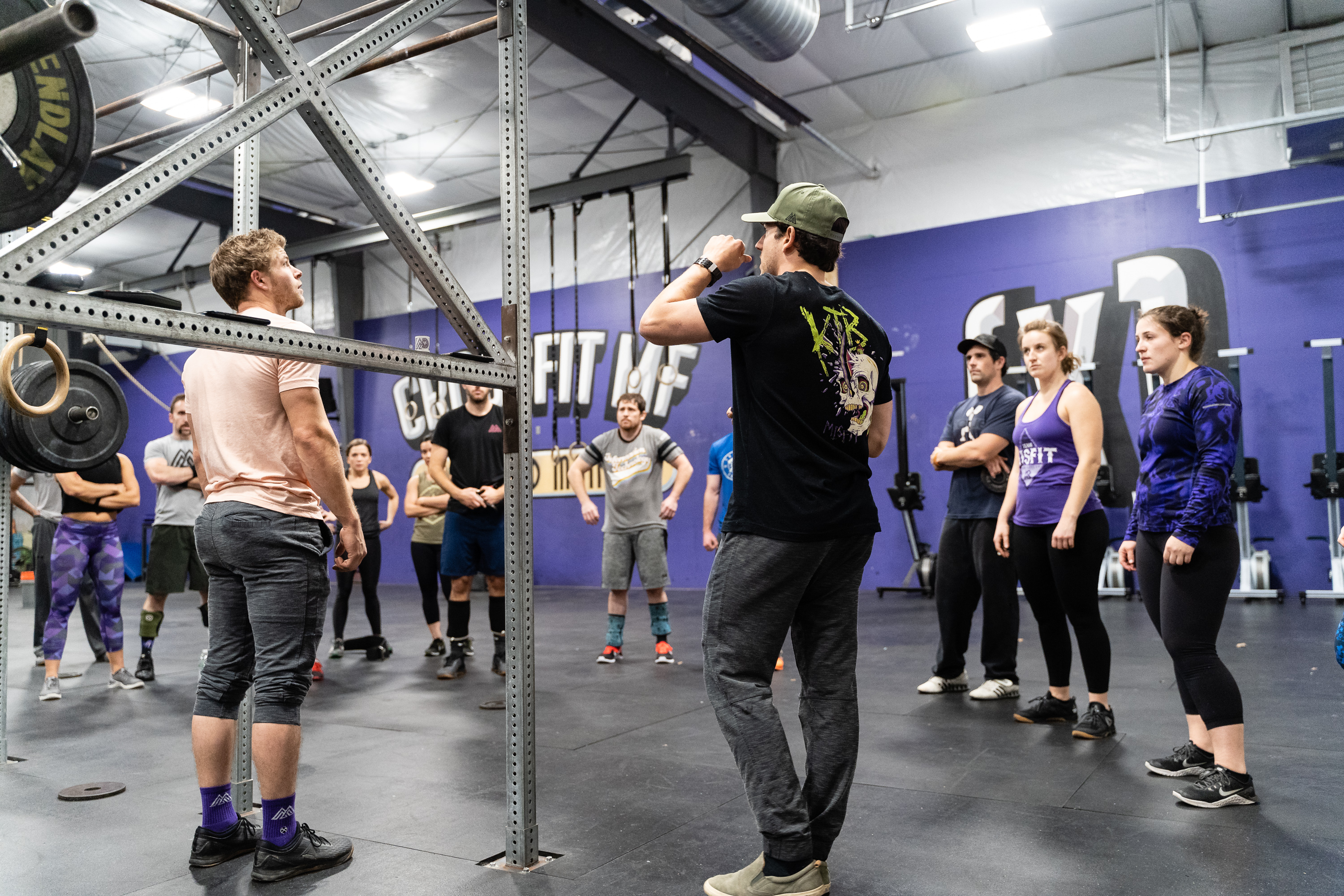
Mix up your drills
With the amount of information available on the internet today, there’s no reason you can’t do a quick Google or YouTube search to find a different drill to teach the snatch, clean, squat, whatever. This means finding a drill that applies directly to the lift of the day and really focusing your athletes on thinking about one thing it is designed to improve. Here’s an example. It’s Tuesday, which means you’re snatching, so in the group warm up you have athletes perform a snatch lift-off followed by a full snatch. You tell your athletes that the focus of the day is on keeping the whole foot flat on the ground throughout the pull, so after you demonstrate the movement you send your athletes to their bars and have the whole class pause with the bar at mid-shin. You walk around and inspect positions, make corrections, and sneakily get athletes sweating while they hold these positions. Boom, done.
Focus on one thing
A common mistake we see coaches make is trying to focus athletes on too many things over the course of a lifting session. If the focus of the day is on keeping the whole foot flat throughout the pull, your corrections should center around that fault. For athletes who don’t have the fault you’re focusing on, give them something else that they can focus on for the day and only harp on that. This helps make your lift a little easier by having a few cues to correct only one specific problem for the day, and helps your athletes by not overwhelming them with corrections for different issues.
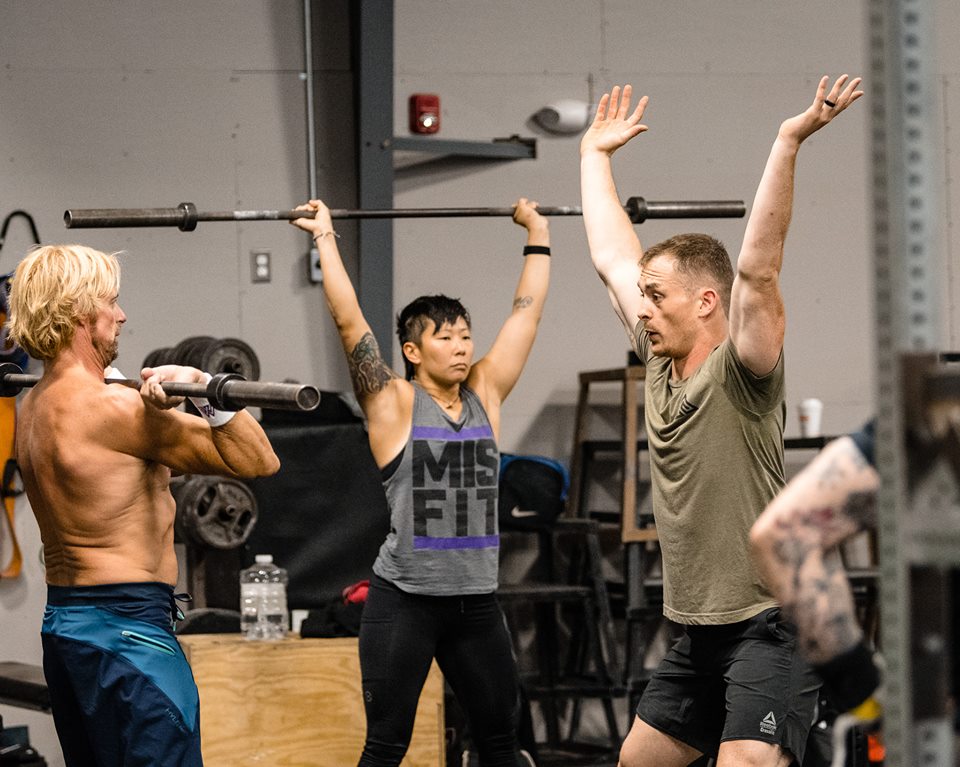
Don’t be bound by the whiteboard
This is a little less intuitive, but is hugely important for coaches who want to go from good to great. Especially if you don’t write the program you’re coaching, you have to be willing and able to make changes on the fly. Back to our snatch example – if you identify that the majority of your class is failing to make hip contact with the bar, then is doing a 20 minute lifting session of squat snatching from the floor beneficial? Would everyone’s time and energy be better spent working on the power and hang positions so that when they do pull from the floor, they get into better positions? Absolutely. Athletes struggling with keeping their midline strong during front squats? Tempo work it is. Athletes coming up onto their toes in the dip of a push jerk? Awesome, now everyone pauses in the dip. This trick isn’t permission to go rogue, but needs to be part of a coach’s toolkit
There are so many ways to get athletes thinking and moving in different ways, and as the coach it’s an opportunity to expand your knowledge and toolbox of drills. Keep these tips in mind next time you find yourself coaching a movement you thought you knew the ins and outs of because ultimately, you don’t know what you don’t know.
Written by Hunter Wood

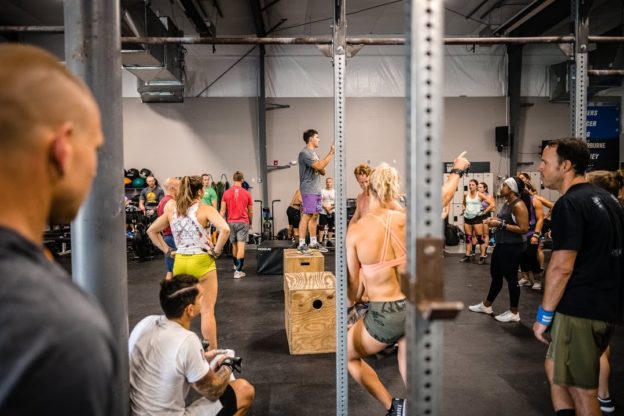
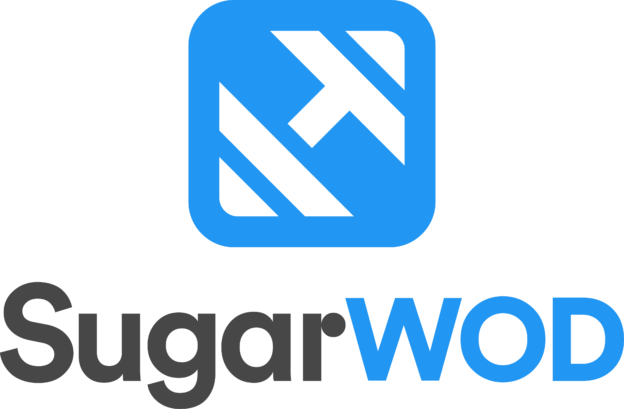
Responses